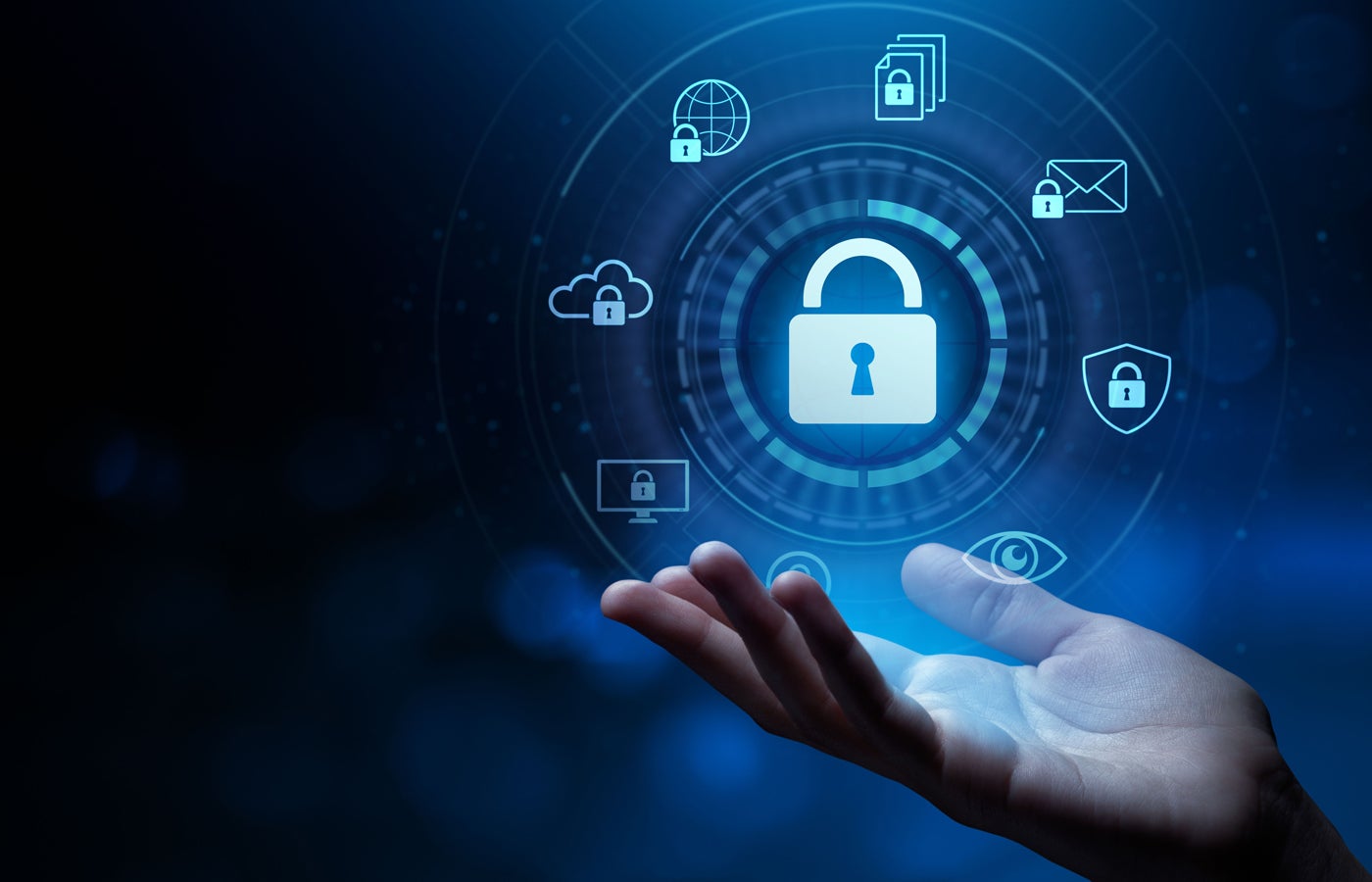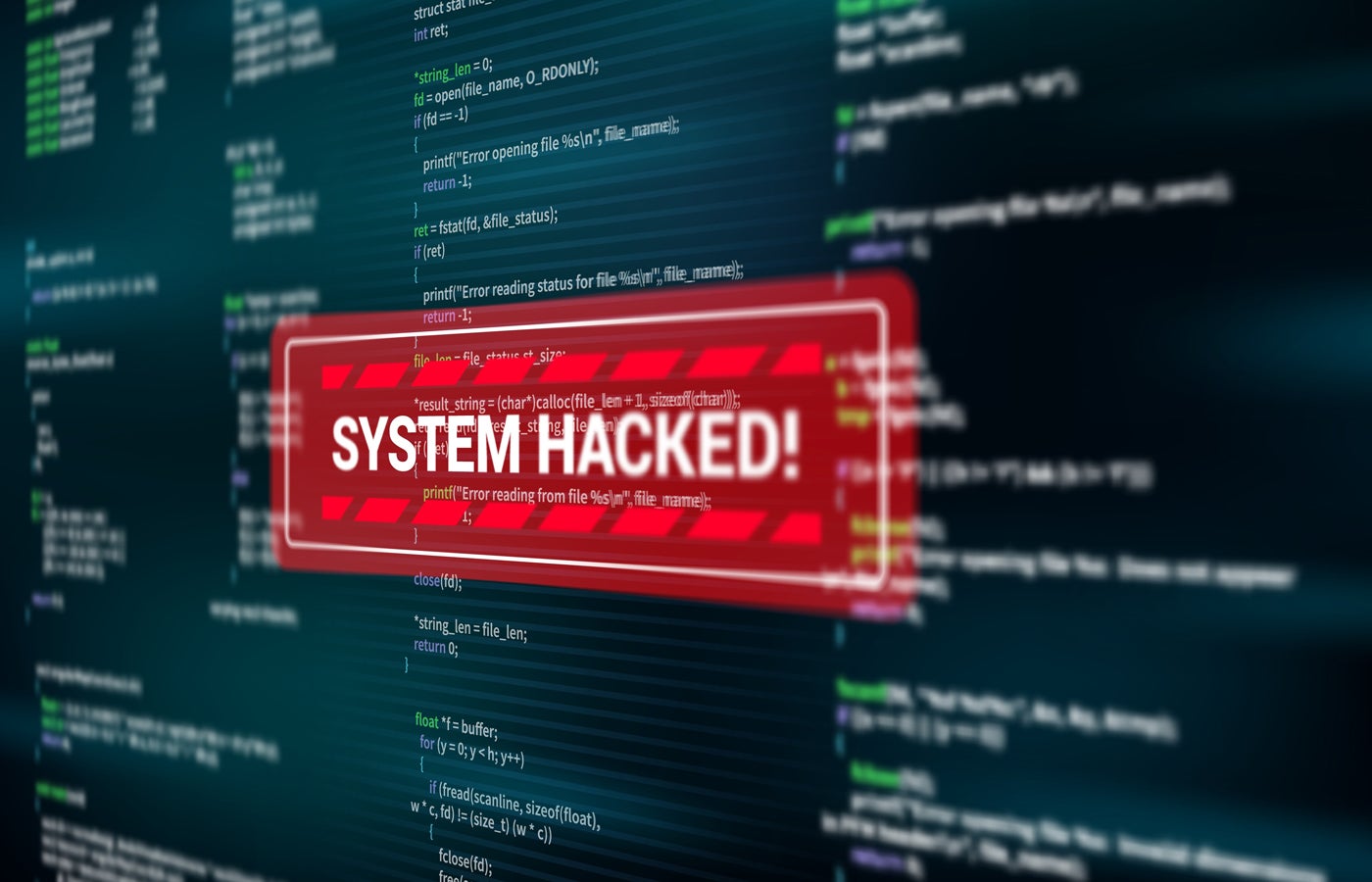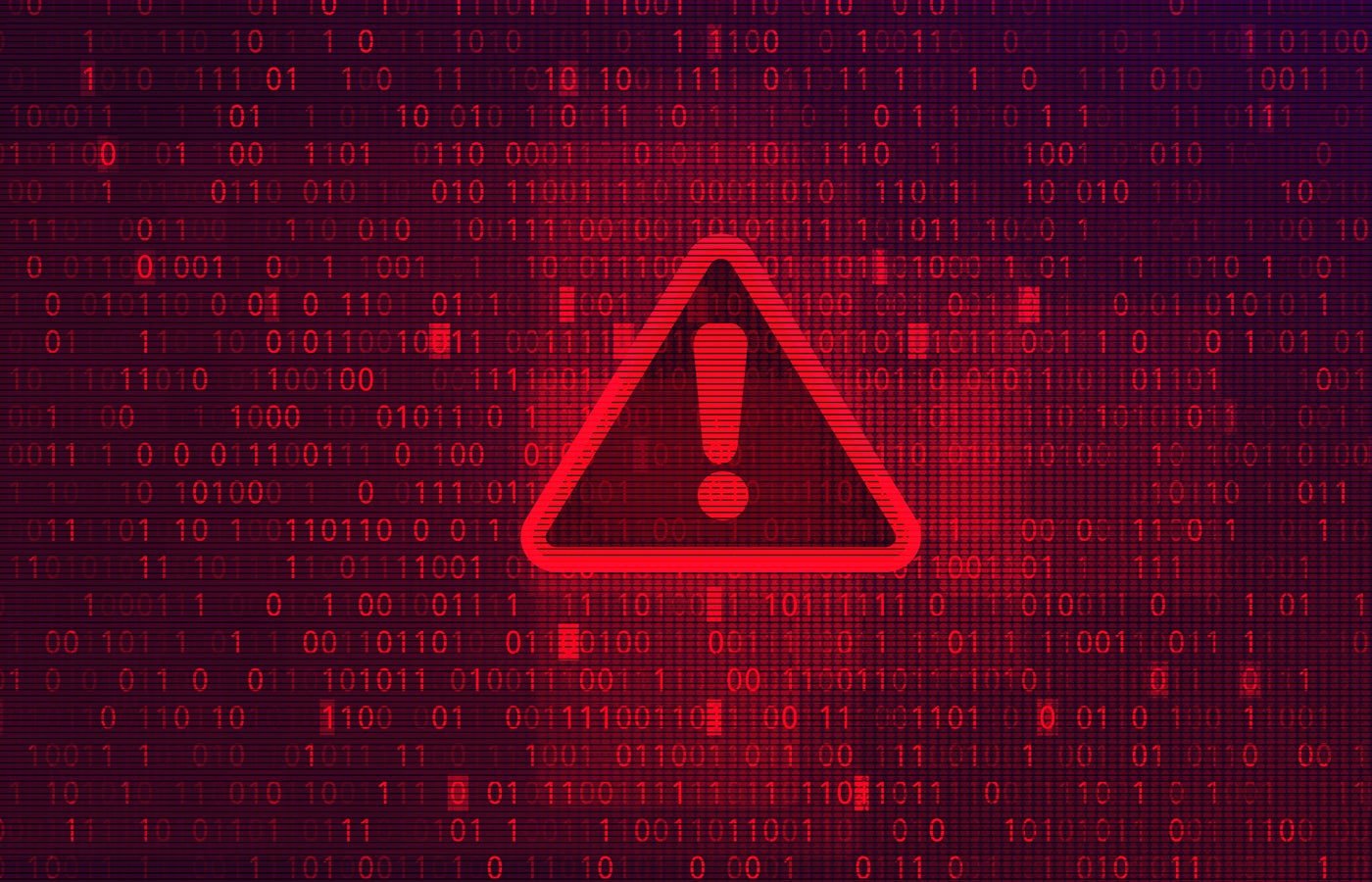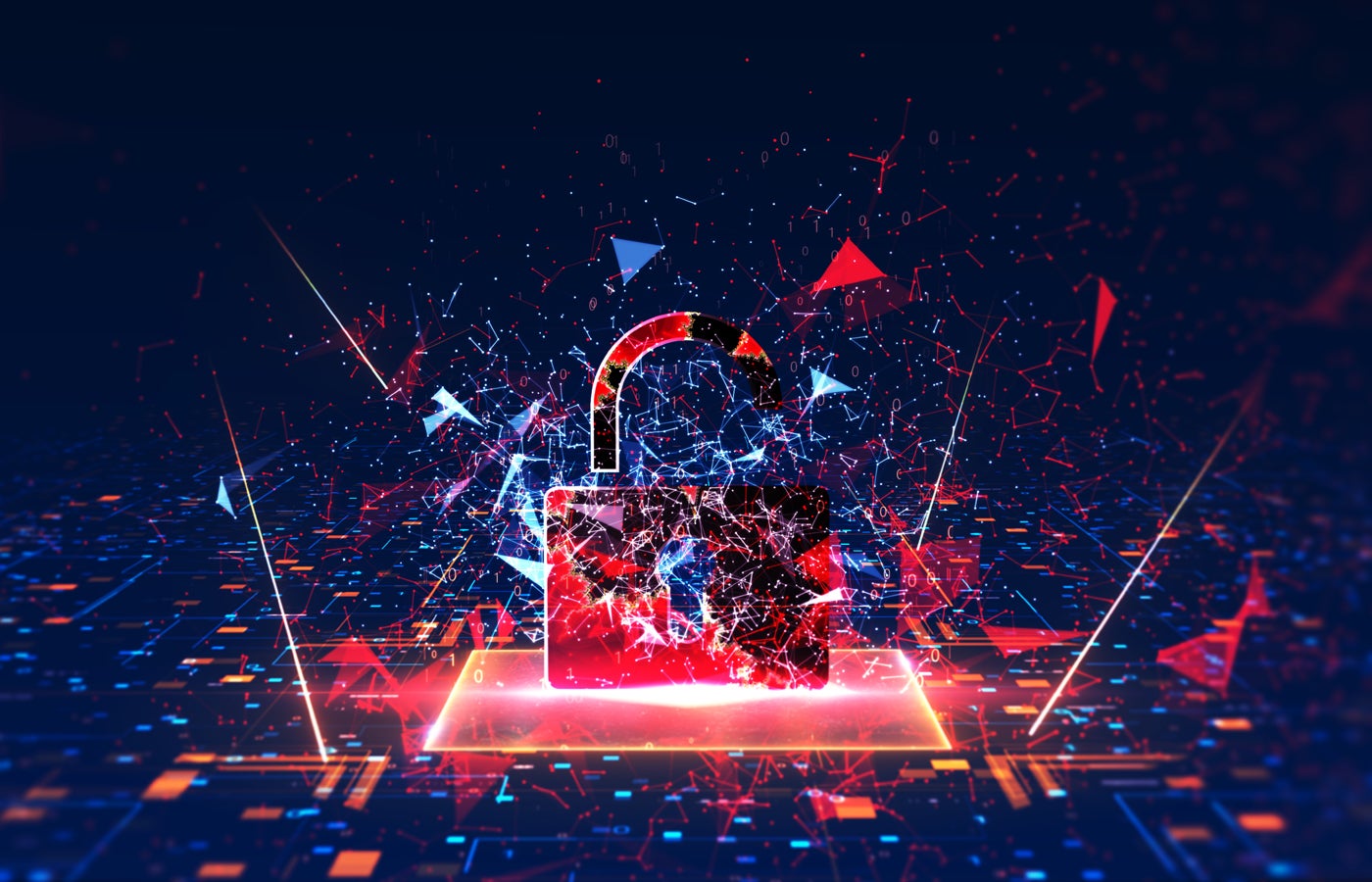Zscaler Report: Mobile, IoT, and OT Cyber Threats Surge in 2024
A new report from cloud security company Zscaler sheds light on the growing mobile threats on Android operating systems, as well as IoT and OT devices threats. The findings come as more than 60% of the global Internet traffic is now generated by mobile devices and financially-oriented mobile threats have grown by 111% over the last year. A list of mobile malware threats Zscaler’s ThreatLabz witnessed a 29% rise in banking mobile malware over the…
Read More










